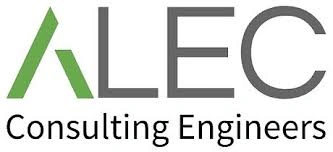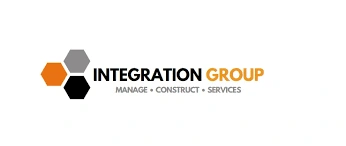Unlocking Smarter Collaboration: The Revizto + Resolve Integration for MEP Projects
The construction tech landscape just got smarter. Revizto—renowned for its real-time coordination and intuitive issue tracking—has joined forces with Resolve, a pioneer in immersive collaboration through VR and AR. This integration marks a turning point for Mechanical, Electrical, and Plumbing (MEP) teams seeking more cohesive project workflows, fewer clashes, and enhanced stakeholder engagement.
Here’s everything you need to know about the integration, and why it’s a game-changer for your MEP projects.
What’s New: The Power Duo in Action:
The Revizto and Resolve integration enables a seamless link between issue tracking and immersive model exploration. Teams can now view, edit, and resolve Revizto issues directly within Resolve’s VR platform. That means:
- Full access to issue metadata (status, priority, assignee) while in VR
- The ability to create or close issues mid-discussion in an immersive environment
- Real-time syncing back to Revizto’s centralized issue tracker
This tight coupling unlocks a powerful feedback loop: issues identified in virtual walkthroughs can be addressed immediately, logged with full context, and resolved faster—all without stepping out of the headset or losing coordination fidelity.
Benefits for MEP Teams:
MEP coordination is all about precision, timing, and cross-disciplinary communication. Here’s how this integration elevates those goals:
- Enhanced Clash Resolution
VR makes spatial relationships tangible. MEP contractors can spot potential clashes earlier—whether it’s ductwork interfering with sprinkler lines or clearance violations around electrical panels. The immersive environment simplifies complex geometries, helping teams avoid costly rework.
- Faster Decision-Making
Resolving coordination issues often hinges on stakeholder availability and understanding. VR sessions powered by Resolve put everyone inside the model at once, visualizing problems from multiple perspectives. By integrating Revizto, decisions are made faster and logged instantly.
- Improved Accountability
Every issue created or resolved in VR is synchronized back to Revizto’s dashboard. That means clear ownership, accurate timelines, and full visibility across trades. Project managers no longer have to rely on disjointed reports or post-meeting notes—it’s all built into the workflow.
- Training & Safety Applications
For MEP teams operating in high-risk environments, immersive walkthroughs serve as effective training tools. By using Resolve with Revizto’s issue tagging, supervisors can simulate site conditions, flag hazards, and track progress without needing boots on the ground.
Why It Matters:
This integration isn’t just another tool—it’s a strategic asset. MEP work is often underestimated until the final phases of construction, where coordination errors become painfully evident. By merging Revizto’s robust issue management with Resolve’s intuitive immersive experience, teams move from reactive firefighting to proactive problem-solving.
The results? Shorter coordination cycles, fewer RFIs, better design validation, and higher client satisfaction.
Getting Started:
Implementing the integration is designed to be user-friendly. Revizto admins can enable Resolve collaboration through the settings dashboard. From there, VR-capable devices connect seamlessly, allowing users to launch immersive sessions directly tied to project data.
Whether you’re managing clash detection in tight ceiling spaces or reviewing design intent with clients, this integration adapts to your workflow and scales with your project needs.
As the construction industry continues to embrace digitization, tools that break silos and foster meaningful collaboration are worth their weight in gold. The Revizto + Resolve integration isn’t just a nod to innovation—it’s a blueprint for smarter MEP delivery. With immersive technology guiding coordination and Revizto’s structured issue management keeping teams aligned, the future of MEP projects is looking clearer—and more connected—than ever.
Draftech – Your Project, Our Expertise
































